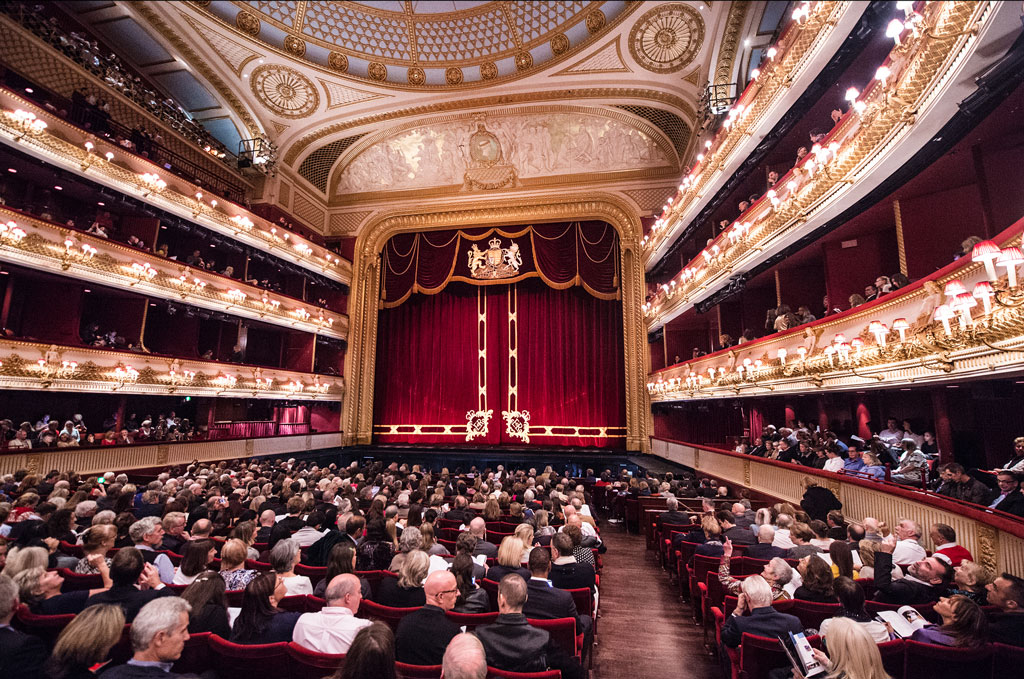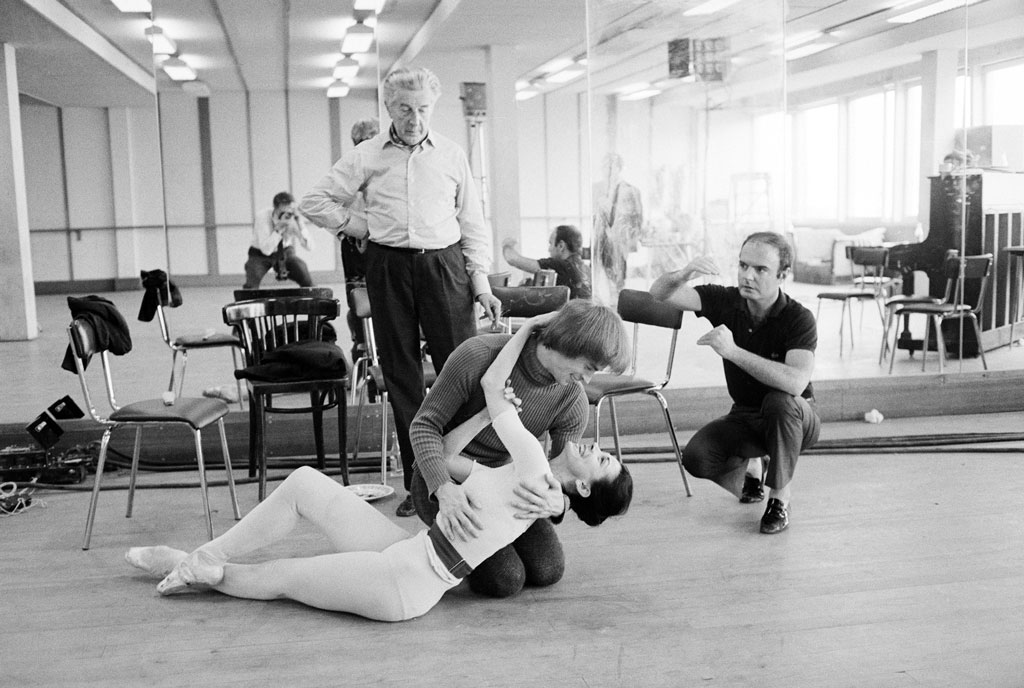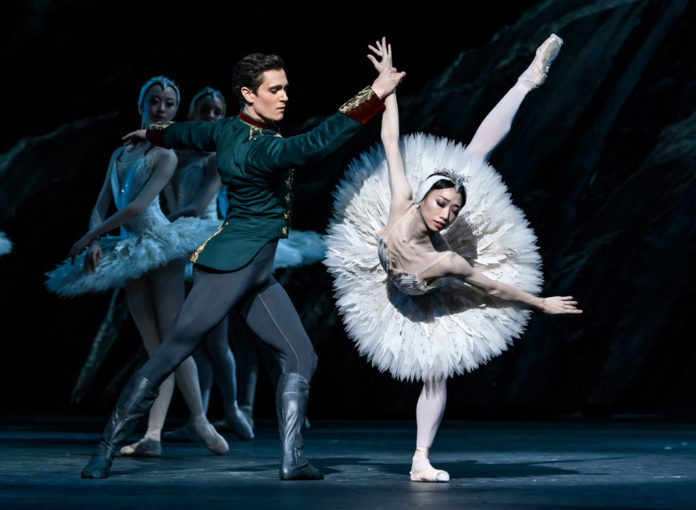Based in London’s Covent Garden, The Royal Ballet is one of the world’s most famous ballet companies, with a fascinating history.
They say it’s only rarely that life imitates art, but so it was on 20 February 1946. As Margot Fonteyn’s Sleeping Beauty awoke from slumber on the stage of the Royal Opera House, so too did the building itself, reborn after its wartime stint as a big-band dance hall. Night after night for the next 19 weeks its grand auditorium was packed once more, as crowds thronged to see the best that British ballet could offer.
It’s hard to believe that just two decades earlier, Britain had no professional ballet company. In fact, it had no tradition of classical ballet at all; for centuries, ballet had been the preserve of foreign guest-stars from Russia and France. One woman changed that: Ninette de Valois built Britain a national ballet company from scratch, and in the process put ballet right at the heart of the nation’s culture.

Born Edris Stannus in Ireland, de Valois’ own dancing career began young, and eventually led her to the legendary Ballets Russes. Taught by Russian and French émigrés, she dreamed of nurturing home-grown talent, and in 1926 she opened her own school. After entering into a partnership with the manager of London’s Old Vic theatre, she soon had her own ballet company, too. Since the six dancers also performed at the Vic’s sister site, the Sadler’s Wells theatre, they became known as the Vic-Wells Ballet, and later, the Sadler’s Wells.
The fledgling company had a distinctive style from the start. De Valois boldly staged full-length versions of the Russian classics for the first time on the British stage: Giselle, The Nutcracker, Swan Lake and The Sleeping Beauty. It’s thanks to her that these favourites became the cornerstone of the ballet repertoire. But her company produced innovative new works, too (many choreographed by the acclaimed Frederick Ashton), and created its own British-born stars, notably Fonteyn who joined de Valois’ school as the rather less glamorous Margaret Hookham in 1933.

It was their wartime experiences, however, that saw the Sadler’s Wells leap from pioneering start-up to national treasure. After the outbreak of war in 1939, the Government agreed that they could keep dancing in a morale-boosting capacity, touring the provinces and undertaking propaganda tours. At times, it was a mission that
put de Valois’ young dancers in considerable danger.
In May 1940, they were staying in The Hague when Hitler invaded the Netherlands. The company could only watch in horror from their hotel as German soldiers parachuted into the streets and Nazi propaganda leaflets rained down from the sky. It was four days before they were smuggled out of the country in the dirty hold of a cargo ship, abandoning costumes, scenery and any personal belongings they couldn’t carry. Astonishingly, British officials admitted that the invasion was expected, but they hadn’t cancelled the tour for fear of compromising their military intelligence.
For more on The Royal Ballet, read the full article in BRITAIN Volume 88 Issue 1, on sale here.






 © 2024
© 2024